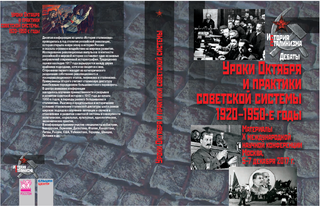?
Деятели искусства Молотовской области в послевоенной идеологической кампании в сфере культуры
The authors show specific features of Soviet post-war ideological campaign in the sphere of culture. Examples of Perm region help the authors to investigate the issue in details. The main sources for these studies are files of State Social-Political History Archives of Perm Region. These sources let the authors determine the Communist party organs approaches to organization of the campaign at regional level as well as specific features of public reaction of intelligentsia to directions of CPSU Central Committee which defined frames of the campaign.
Analysis of the sources let the authors confirm that, despite of the aggressive way of the campaign at regional level, officials of cultural institutes tried not only to demonstrate their satisfaction with the directions and their active participation in the directions fulfillment. At the same time, they tried to use the performing campaign for solving their corporative and even personal problems.
In book
